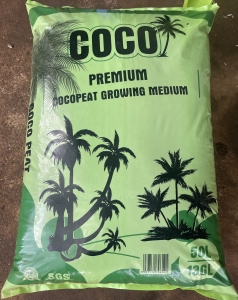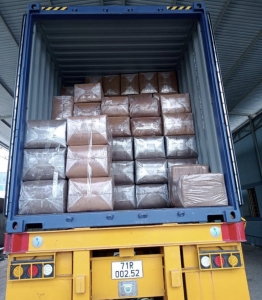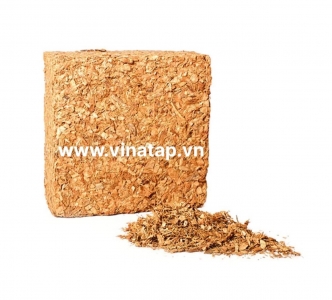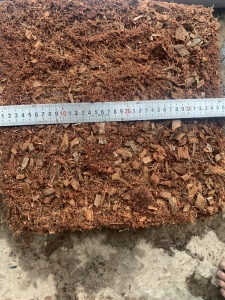USE COCOPEAT - COCO COIR TO PLAN PLANTS
USE COCOPEAT - COCO COIR TO PLAN PLANTS
Coco peat is created from coir, in simple words the pulp surrounding the coconut shell. In recent years, many green-fingered people have discovered the wonderful cultivable potential of coir, as well as its eco-friendly properties, especially as a choice as a no-frills compost. peat.
USE COCOPEAT - COCO COIR TO PLAN PLANTS
WHAT IS COCONUT?
Coco peat is created from coir, in simple words the pulp surrounding the coconut shell. In recent years, many green-fingered people have discovered the wonderful cultivable potential of coir, as well as its eco-friendly properties, especially as a choice as a no-frills compost. peat.
BENEFITS WHEN USING COCONUT ACCESSORIES IN POTS
The main benefit of coir and peat is how eco-friendly it is, especially compared to other compost options like peat moss. Created from the inner pulp of the coconut, it is an all-natural by-product that would otherwise be discarded, making it one of the most sustainable growing options on the market.
Adding to its environmental value, coco peat is completely reusable. Once used to grow a plant in a pot, it can be cleaned and strained - making it as good as new. This not only reduces carbon emissions; it also ensures that coir is a budget-friendly option.
Coco peat is highly absorbent, holding about 30% more water than most other types of peat. It also has excellent water holding capacity and can also release water slowly for your plants to better absorb water. This means that after you have planted the coco peat, the coco peat will do a lot of the aftercare for you. You will find yourself watering your plants much less often than if you used regular compost.
Coconut peat will do a great job of keeping your plants healthy thanks to its anti-fungal properties. It is also mildew resistant, which in turn will help protect your plants from disease and rotting as they grow.
Coir is also neutral with a pH value of 5.8–6.8. This is generally considered the ideal pH value for the compost to release nutrients and means it is not necessary to use a neutralizing product.
Buy now Coco Peat
HOW TO GROW IN POTS
Using coir for potted plants is relatively easy once you know what makes it different from regular organic fertilizers. Arriving in your hands as a solid 'brick', coir only needs to be soaked in water for at least an hour, where it will expand to seven times its original size. From here, you just take it off and it's ready to go.
You should line the selected pot with a coir liner, cut to exact size, for optimal results. Follow this with your eco-friendly coco peat and sow your seeds close to the ground, following the usual guidelines for your seed selection. Make sure that before watering the compost, you have added any necessary plant foods to the soil, as coir does not contain any nutrients of its own. When watering, pour water into the soil until it starts to seep out.
Then you can let the extremely absorbent coco peat work its magic. As you continue to water your plants, be sure to check the feel of the soil with your fingers. Plants grown in coco peat require much less frequent watering than in regular soil, and it is commonly known that overwatering can be deadly. Remember that after you are done using your potted coco peat, it can easily be recycled.
THINGS TO KNOW WHEN USING COCONUT ACTIVES
While using coir for potting comes with its advantages, there are a few things to keep in mind to achieve optimal results.
Coconut peat does not contain any nutrients of its own. This can be easily resolved by adding plant food to the pot prior to initial hydration. This will ensure your seedlings have all the nutrients they need.
Over time, coco peat can form high salt content, which can affect how well the plant grows. You can avoid this by choosing 'low salt' coir.
While coir is a completely organic material, you will find that it is extremely hardy, which means it is not fully biodegradable. Although it will eventually decompose, it will take a long time to do so. Instead of throwing your coir away, try to reuse and/or recycle it.
















 Online: 31
Online: 31
 Total access: 4431004
Total access: 4431004